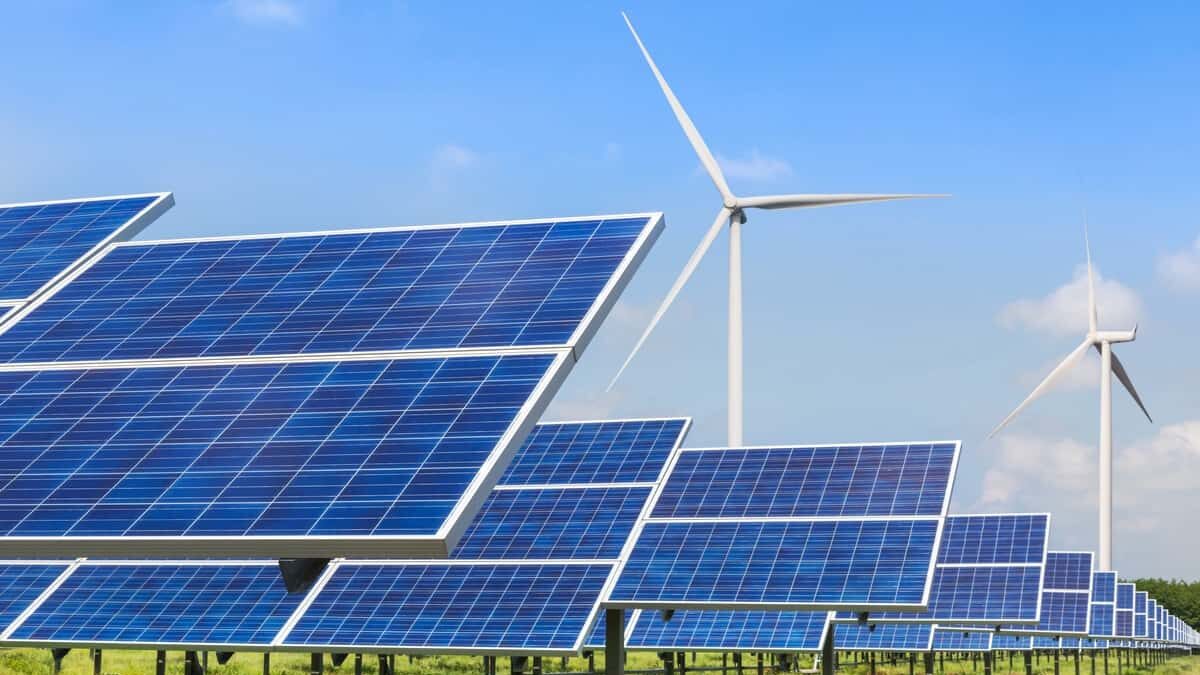Wind and solar power generation continues taking over Europe’s electricity mix, pushing coal and gas behind.
How did Europe’s electricity mix change in 2023?
According to energy think tank Ember’s latest report, coal’s contribution to the electricity mix in Europe suffered a record 26% decline. Likewise, gas electricity generation dropped by 15%.
This decline in fossil fuel electricity generation caused a remarkable 19% cut in the European Union’s power industry emissions.
More impressively, it enabled wind energy’s contribution to surge by 18% and beat gas’ 17% share in Europe’s electricity generation.
Wind and solar power managed to reach a new record of 27% share in the region’s electricity mix last year. Solar power accounted for 9% of the EU’s electricity demand, while wind energy held an 18% share.
Hydroelectric power also started to recover, aiding renewable energy to hit a 44% record share in the region’s overall energy mix.
“The EU’s power sector is in the middle of a monumental shift. Fossil fuels are playing a smaller role than ever as a system with wind and solar as its backbone comes into view. The energy crisis and Russia’s invasion of Ukraine did not lead to coal and gas resurgence — far from it. Coal is nearing phase-out, and as wind and solar grow, gas will be next to enter terminal decline.”
Sarah Brown, Ember Europe Programme Director
Why did electricity demand decline last year?
Notably, the decline in Europe’s fossil fuel energy generation was not just about replacing coal and gas with solar and wind energy.
According to the report, the EU’s electricity demand declined by 3.4% year-on-year in 2023 and 6.4% from 2021 when the energy crisis transpired. A substantial portion of this cut reportedly came from industries’ move to reduce their power use.
Specifically, surging gas prices affected energy-intensive industries like iron and steel, chemicals, and paper, causing them to lower their energy consumption.
“When that electricity-weighting is taken into account, calculations show a 70 TWh decline in total industrial electricity consumption from 2021 to 2023. Of this fall, 80% came from three key sectors: chemicals and petrochemicals, iron and steel, and paper and pulp.”
Ember
However, Europe’s progressive adoption of electric vehicles, heat pumps, and other electric technologies will undoubtedly boost electricity demand again.
“As electrification takes off through more heat pumps, electric vehicles and electrolysers, the EU will enter a new era of rising electricity demand. Renewables will need to keep pace with that demand increase in order to deliver the emissions cuts needed for a safe climate.”
Dave Jones, Ember’s Global Insights Director
EU’s 2030 target
The European Union aims to have wind and solar power account for 55% of the region’s total electricity mix by the end of the decade.
Considering the expected increase in electricity demand in the coming years amid the EU’s electrification push, renewable energy sources must be able to keep the momentum going.
Nonetheless, the EU’s energy sector is indeed transitioning to renewables rapidly due to the increasing demand for clean power and the climate crisis. It would be fulfilling to see gas and coal completely exit the region’s electricity mix in the coming years.

